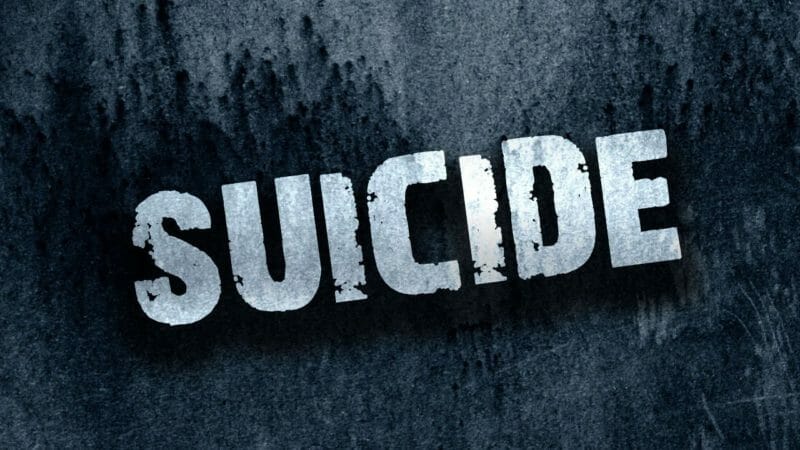The first-ever national recommendations for depicting suicide in entertainment content were released Thursday, Marcy 14 by the National Action Alliance for Suicide Prevention (Action Alliance), the nation’s public-private partnership for suicide prevention.
The announcement comes one day after The Hangover actor Brody Stevens‘ cause of death was confirmed as suicide.The 48-year-old comedian — who was found dead in Los Angeles on Feb. 22 — hanged himself, according to a death certificate obtained by TMZ.
The recommendations aim to help members of the entertainment industry—content creators, scriptwriters, producers—tell more balanced and authentic stories involving suicide and suicide prevention.
Substantial evidence shows that the way movies and other forms of entertainment media depict suicide and mental illness can have positive or harmful effects on viewers. Studies have found that the way the media covers suicide can influence behavior negatively, by contributing to increased suicidal behavior among viewers, or positively, by encouraging help-seeking and recovery.
To assist the entertainment industry in promoting accurate portrayals of suicide – a key goal of the National Strategy for Suicide Prevention – the Action Alliance collaborated with the Substance Abuse and Mental Health Services Administration (SAMHSA) and the Entertainment Industries Council (EIC) to develop the recommendations, which were informed by both representatives from the entertainment industry and the suicide prevention fields.
“Engaging with the entertainment industry is an important strategy to suicide prevention, “said Marie Gallo Dyak, chief executive officer, EIC. “The National Recommendations for Depicting Suicide serve as a resource for content creators to offer guidance when they are including suicide in a story. The goal is to portray the scene without presenting a visual image that can lead to unintentional consequence. The dialogue is authentic while also offering hope to those struggling.”
“Our industry is in a unique position to educate, inspire, and empower,” said David McFarland, award-winning producer/writer for film & television and social impact adviser for the entertainment and sports industries. “Content creators, using the recommendations, can craft more authentic and balanced stories that can make a significant difference in the lives of people in communities across the country.”
The National Recommendations for Depicting Suicide includes nine recommendations to help content creators craft stories about survival, hope, and healing:
- Convey that suicide is complex and often caused by multiple factors.
- Show that help is available.
- Portray characters with suicidal thoughts who do not go on to die by suicide.
- Connect viewers to resources.
- Portray everyday characters who can be a lifeline.
- Depict the grieving and healing process of people who lose someone to suicide.
- Avoid showing or describing the details about suicide methods.
- Consult with suicide prevention messaging experts and people with personal experience.
- Use nonjudgmental language.
The new collective recommendations draw on suicide prevention best practices tailored for practical use by the entertainment industry. The Action Alliance will work with its many partners to continue providing information and resources—as part of its Real Stories Initiative—to help the news and entertainment sectors effectively develop news coverage and on-screen depictions that educate the public about suicide and suicide prevention.
“As the tenth leading cause of death in our country, suicide takes the lives of too many,” said Assistant Secretary for Mental Health and Substance Use at U.S. Department of Health and Human Services, Dr. Elinore McCance-Katz. “We need to do all we can to raise public awareness, screen individuals and get them the care and treatment they need.”
“The entertainment industry has a powerful impact on audience understanding of suicide and suicide prevention,” said Mark Weber, deputy assistant secretary for public affairs/human services at U.S. Department of Health and Human Services and Action Alliance Executive Committee member and Changing the Conversation Priority Group Lead. “The recommendations are offered as a tool to support the creative community in their efforts to tell compelling stories that can help prevent suicide.”
Image Sources
- suicide: WCAX.com







